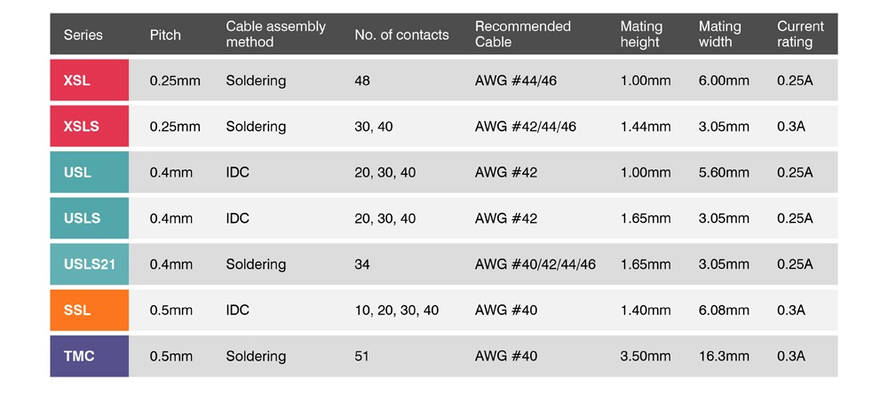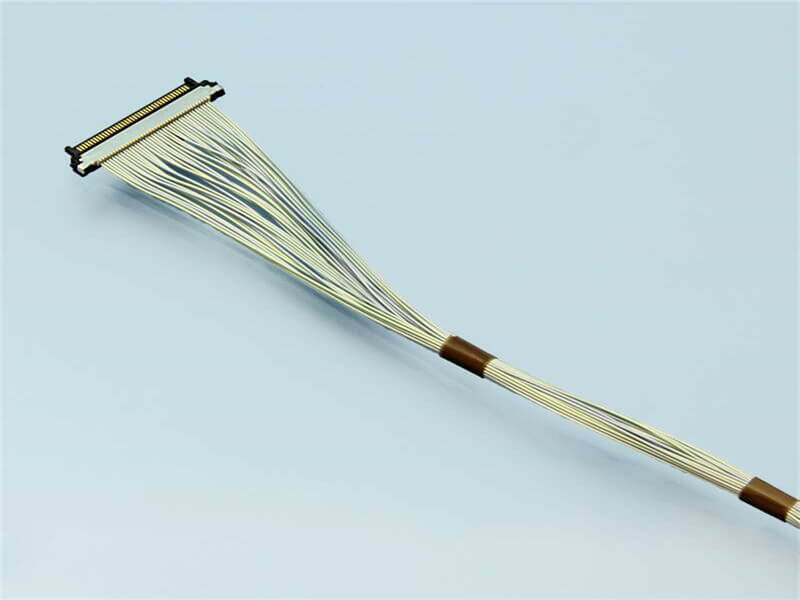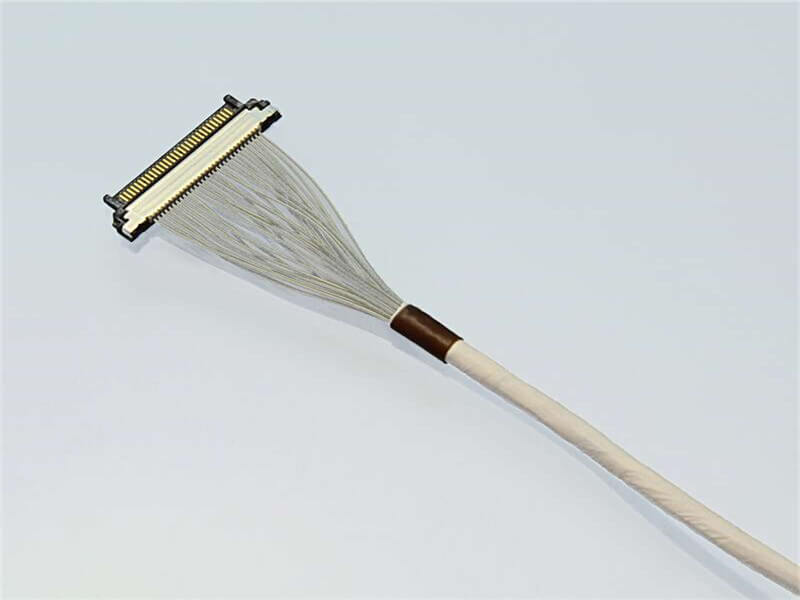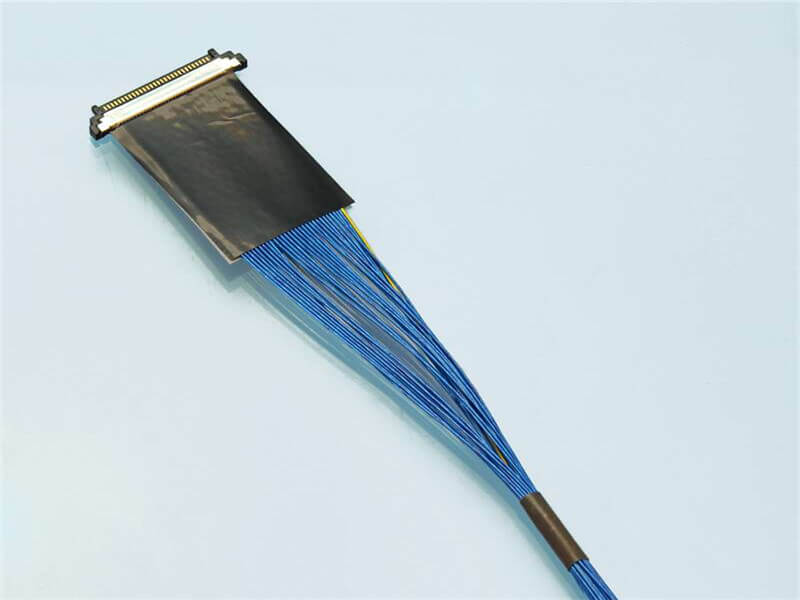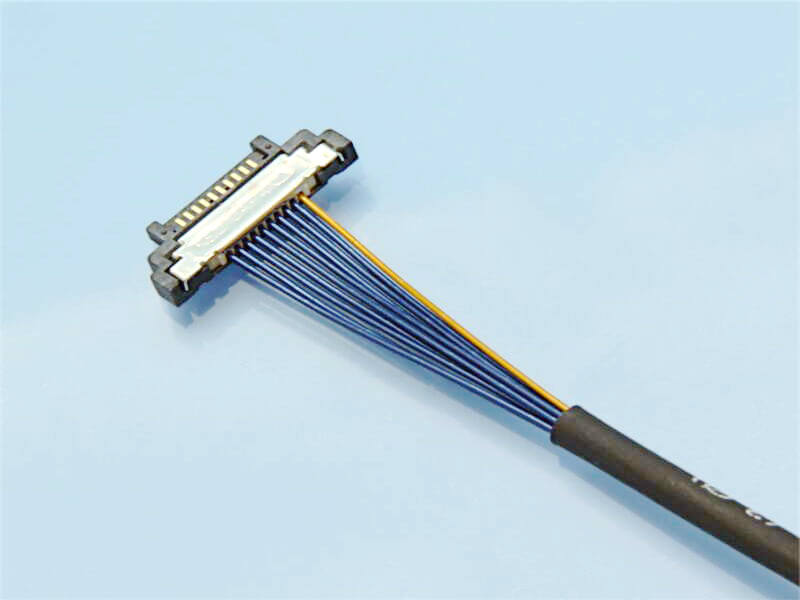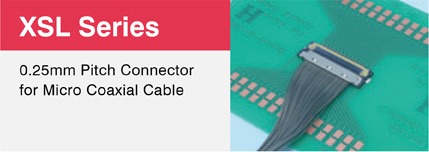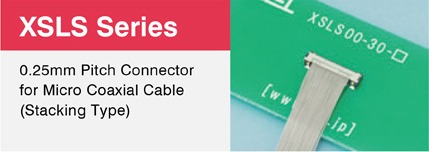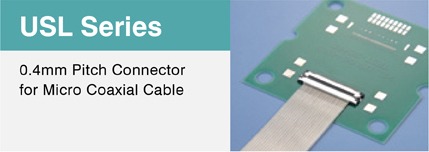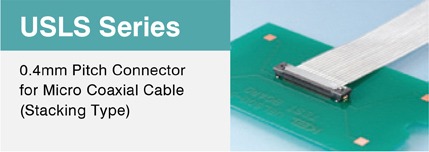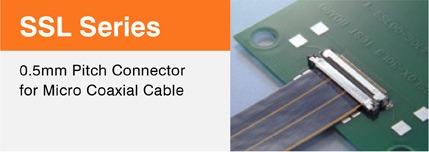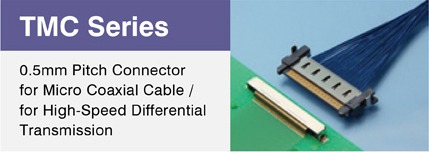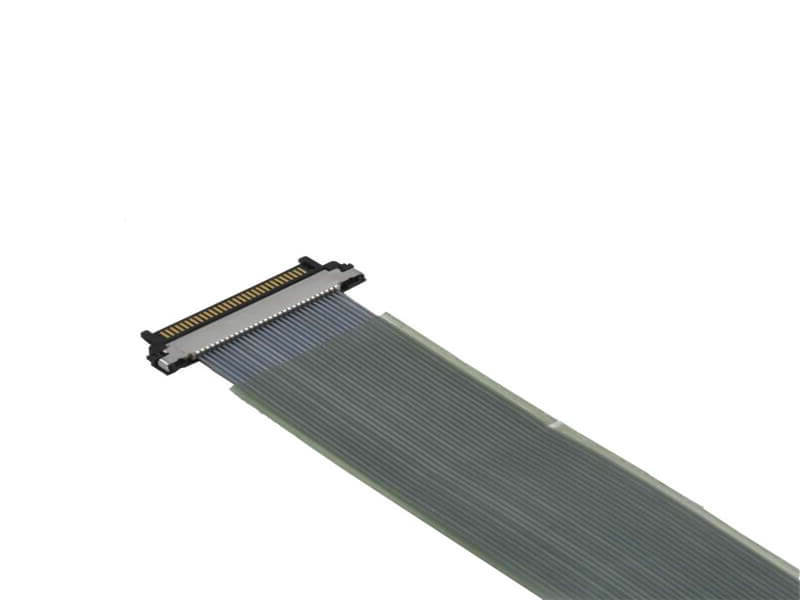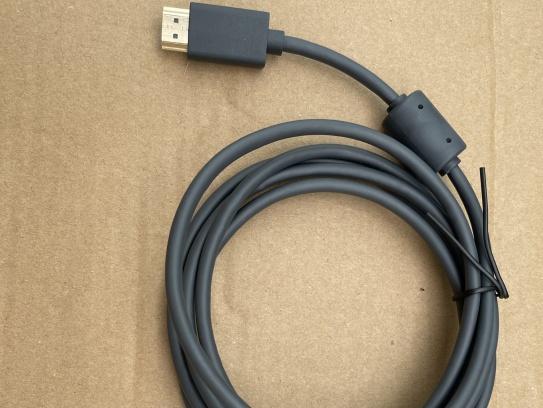In the competitive landscape of the coaxial cable industry, customer satisfaction stands as the cornerstone of business success. For coaxial cable customers, encountering issues with products or services can be frustrating, and the way a company handles these complaints directly impacts its reputation and customer loyalty. Recognizing this, many forward-thinking enterprises have focused on revamping their coaxial cable customer complaint handling process. This article delves into the importance of improving this process, the key pain points in traditional approaches, the detailed steps of an enhanced .
Read more →In the complex and demanding landscapes of industrial environments, high – temperature coaxial cables have emerged as an indispensable component. These cables are engineered to withstand extreme heat, ensuring reliable signal transmission and electrical performance under harsh conditions. Understanding High – Temperature Coaxial Cables Construction and Materials High – temperature coaxial cables are typically constructed with a central conductor, an insulating layer, a shielding layer, and an outer jacket. The choice of materials is crucial to their high – temperature .
Read more →The wearable technology revolution is here, reshaping not just our wrists and clothing, but the very demands placed on electronic components. At the core of successful wearables – smartwatches tracking vitals, fitness bands counting steps, health monitors delivering continuous data, and emerging smart clothing – lies a critical, yet often overlooked, hero: the ultra-flexible micro-coaxial cable. Designing these miniaturized powerhouses to meet the extreme needs of wearable tech isn’t optional; it’s fundamental to performance, reliability, and user experience. Here’s why: The Uniq.
Read more →When sourcing micro coaxial cables for electronics, telecommunications, or medical devices, one critical question arises: Should you buy imported or domestically produced cables? Price is often the deciding factor, but cost alone doesn’t tell the whole story. This article breaks down the price differences between imported and domestic micro coaxial cables, explores why these gaps exist, and provides actionable tips to help you make informed, budget-friendly decisions. Why Are Imported Micro Coaxial Cables More Expensive? Imported cables typically cost 20–50% more than domestic alt.
Read more →In the rapidly evolving fields of robotics and automation, the demand for high – performance components is ever – increasing. One such crucial component is the flexible coaxial cable. This article delves into the significance, features, applications, and advantages of flexible coaxial cables in the context of robotics and automation. Understanding Flexible Coaxial Cables Flexible coaxial cable is a type of cable designed to transmit high – frequency signals with utmost efficiency. It consists of a center conductor, which is responsible for carrying the signal. Surrounding the.
Read more →In the realm of microwave radio communication, where signal integrity, compactness, and reliability are paramount, micro-coaxial cables have emerged as a critical component. Microwave radio systems operate at high frequencies ranging from 1 GHz to 100 GHz, transmitting data, voice, and video signals over long distances with minimal loss. Unlike standard coaxial cables, micro-coaxial cables are designed with ultra-small diameters (typically ranging from 0.8 mm to 3 mm), making them ideal for applications where space is constrained, such as in dense radio frequency (RF) modules, antenna arrays, and port.
Read more →Can't find what you're looking for?
Our customer support team is ready to assist you with any questions or concerns.
Search FAQs
Related Articles
Coaxial Cable with PE Insulation for Longevity
In today’s interconnected world, reliable signal transmission is the backbone of industries ranging from telecommunications to security sy.
What are the storage conditions for Coaxial Cable Assemblies
Coaxial cable assemblies are critical components in various industries, including telecommunications, aerospace, automotive, and medical e.
Cable Testers and Signal Meters for Diagnostics
In today’s connected world, reliable cable and signal performance is crucial—whether for home networks, business setups, or industrial sys.
The Impact of Micro Coaxial Cable Diameter on Transmission Performance
Test MethodologyCable Samples:0.8mm: Silver-plated copper inner conductor, PTFE foam dielectric, double-layer braided shield.1.2mm:.
Why Micro Coaxial Cables Rule Military Communication Systems
In the high-stakes world of military operations, reliable communication isn’t just convenient – it’s mission-critical and ofte.
How to Choose the Right Micro Coaxial Cable for Your Project
Micro coaxial cables are critical components in high-frequency applications, from 5G infrastructure to medical devices and aerospace syste.


